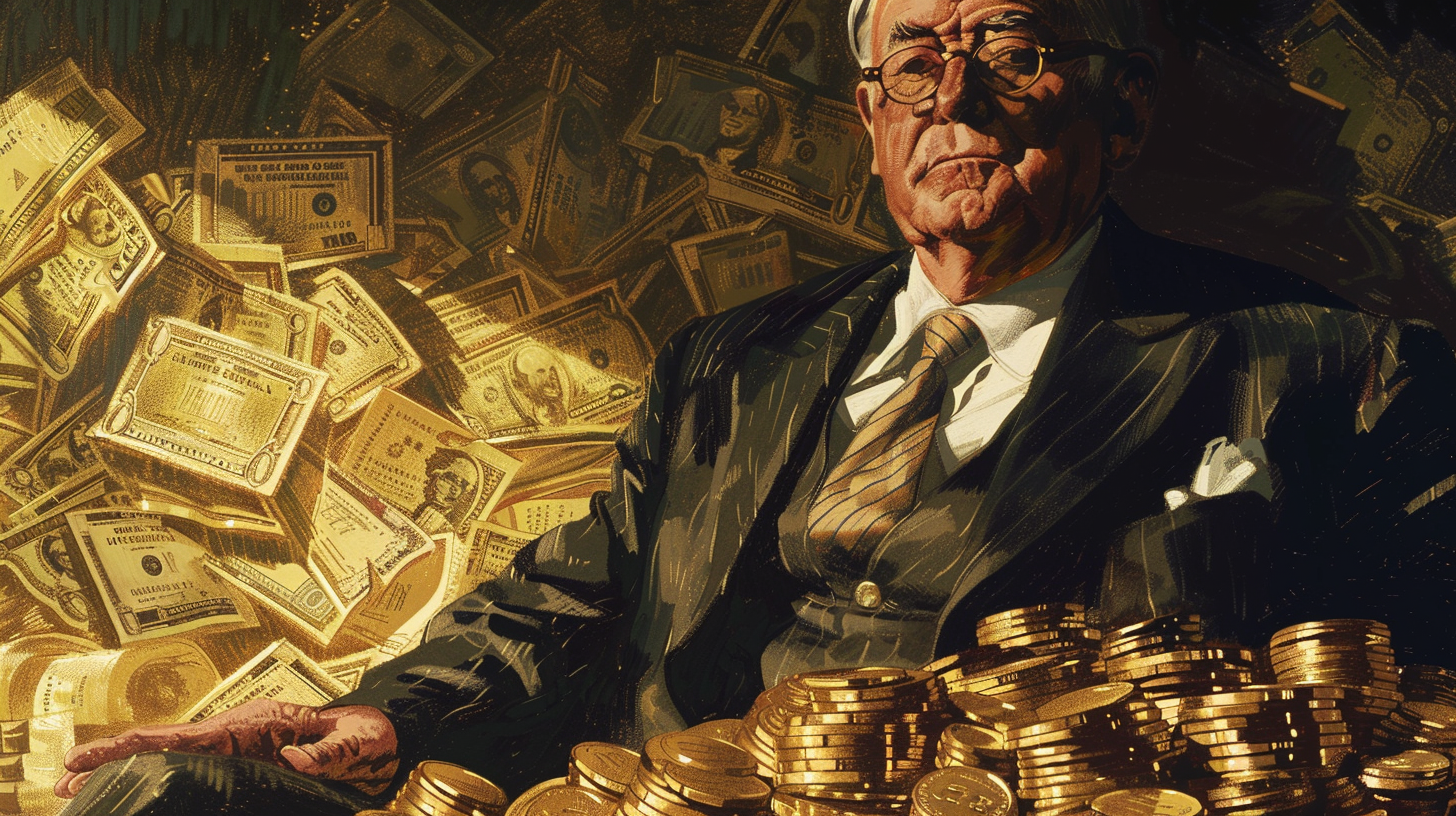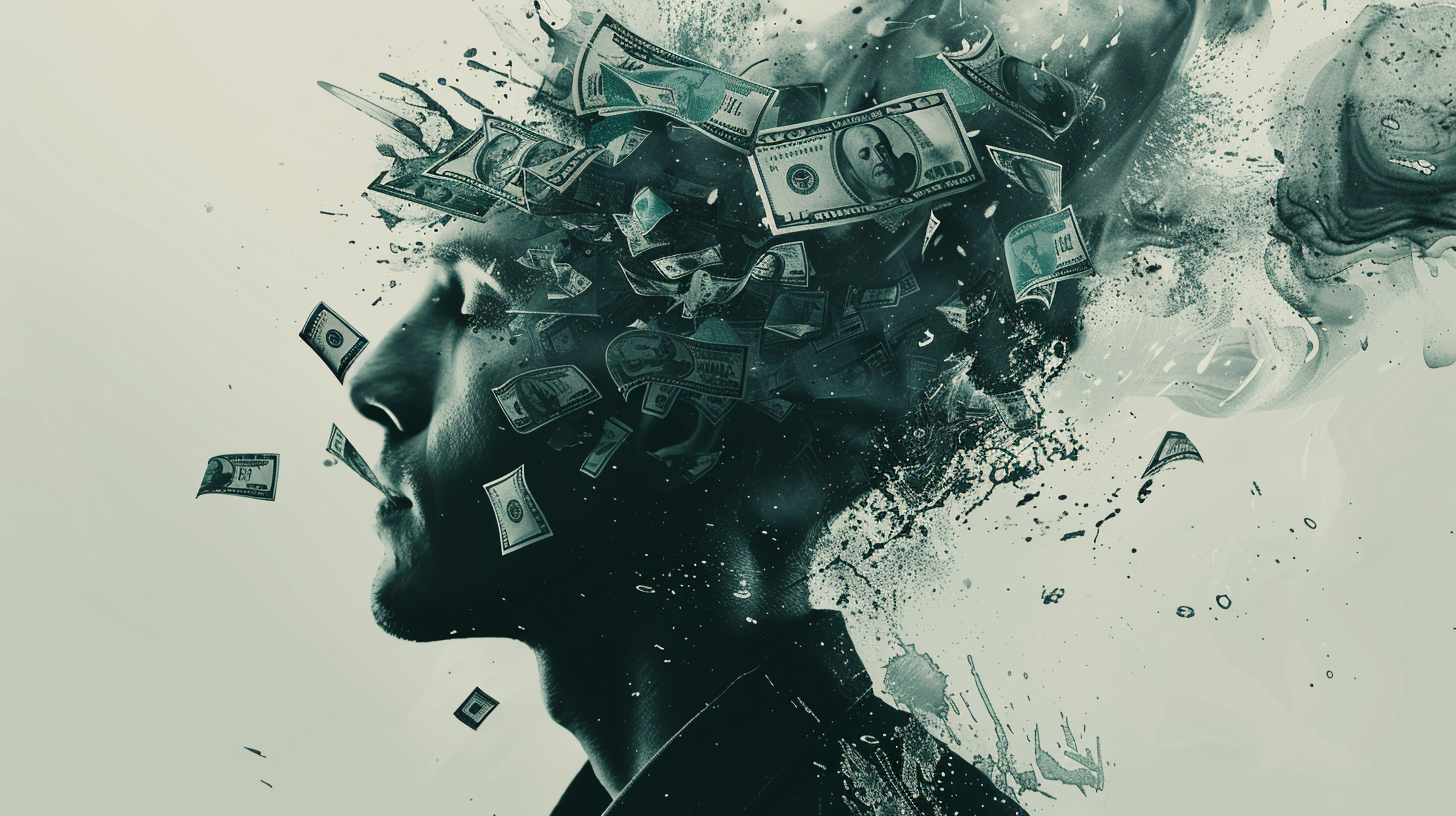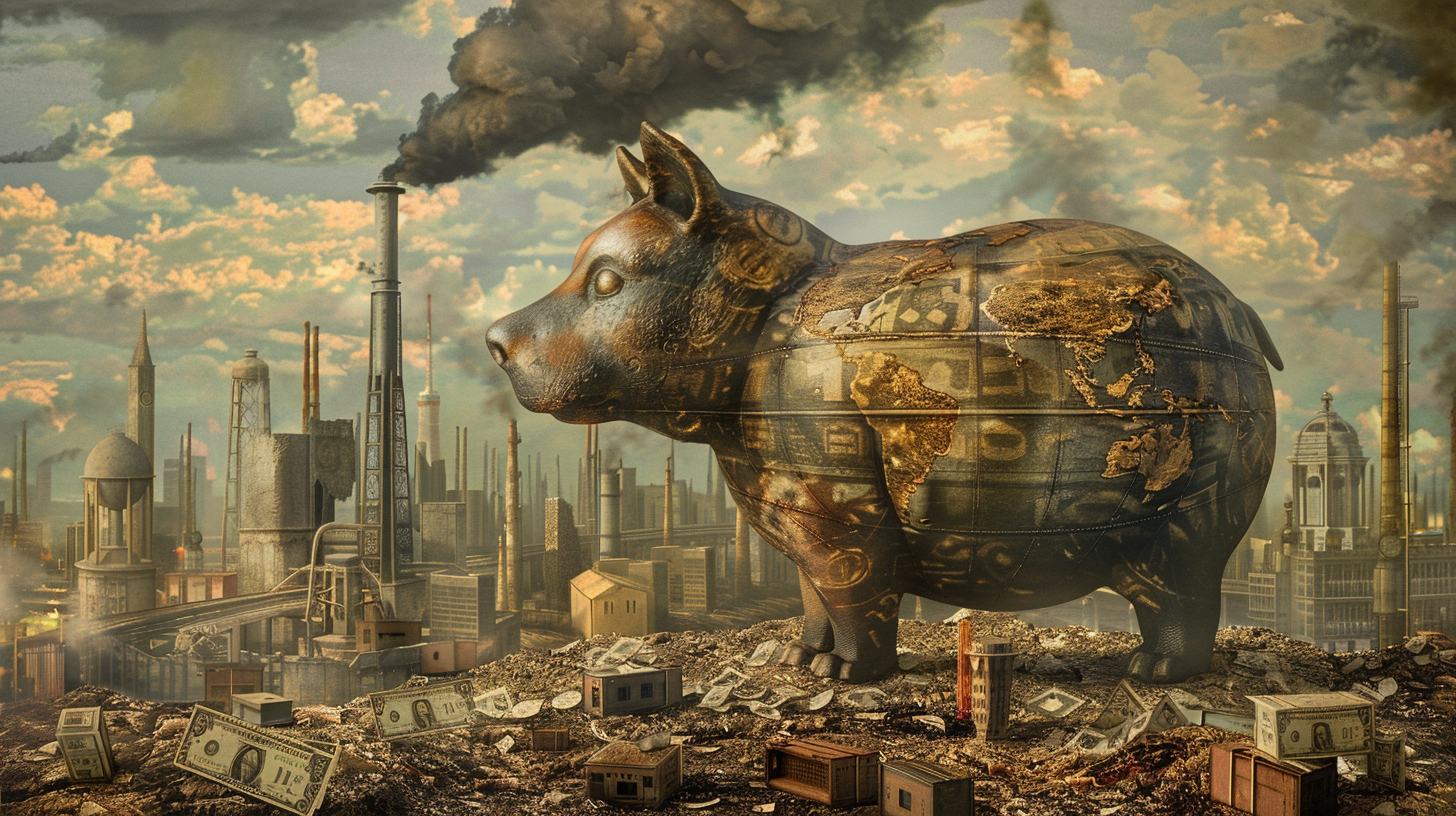Fear Risk, Not Volatility
By Jeff Nielson
While watching a little television the other night, I was once again confronted by my biggest pet peeve: investment professionals who confuse risk and volatility.
In this case, the offender was a TV commercial heralding the supposed virtues of an annuity with a “guaranteed rate of return.” The suggestion is that such an arrangement removes risk from the table. The investor is led to think, “If I pay monthly payments of $X now, I am guaranteed future payments of $Y in the future.” But every investment carries risk, and a fixed payout structure doesn’t obviate that risk.
These companies have a financial interest in confusing investors, but the unfortunate byproduct of decades of this sort of marketing is that very few people, and not even most financial journalists, know the difference between risk and volatility. As always, logical analysis starts with definition of terms. Indeed, once we simply note the nature of volatility and risk in explicit terms, the flaws to which I alluded should begin to become self-evident to readers.
While it can be very difficult to quantify risk, defining it is simple. Risk, in the context of investment, is the probability that something you purchased will end up being worth less than what you paid for it when you decide to sell it. We can get more technical by adding in the concept of opportunity costs, but it’s important for everyone to have at least an elementary understanding of risk first.
Volatility, on the other hand, is a concept that is as easy to recognize in the real world as it is to define. Volatility is a purely mathematical concept that refers exclusively to “deviations from the mean.”
If we establish a trend line for the price of any good/investment (often referred to as a “moving average”), volatility refers to the average size of the bounces in price on either side of the trend line. Most importantly, to the long-term investor, volatility is a small factor in assessing risk.
Here we can only point to the gross failure of all of the “experts” (and most of the financial advisors) in the investment community, who regularly and thoroughly confuse these two concepts to the point where the terms are treated as being virtually synonymous. This has resulted in the flawed investment principle that reducing volatility will (and must) reduce risk. Such thinking is deeply misguided, and following it has dire consequences for investors.
Recalling our definition of volatility, we should immediately note why it provides us little insight about risk: because it implies absolutely nothing about the direction of the trend for any particular investment, i.e. up or down. A particular investment can have a volatility of effectively zero, while marching steadily down to a valuation of zero.
The closest and most obvious example of a relentless downward trend with minimal volatility would be the US dollar. This example is useful for many reasons. First, the Federal Reserve has a statutory mandate to “protect the dollar” from risk, i.e. avoid a loss in value. However, in practice, the Federal Reserve has never followed that mandate; instead, it has sought to only minimize volatility.
The result? In the 98 years of the Fed’s existence, the US dollar has steadily lost 98% of its value. The Fed has succeeded in minimizing volatility throughout this long plunge in value; however, it has failed utterly in protecting dollar-holders from risk, or economic losses caused by holding dollars.
Many dollar-holders may still be yawning over this analysis. While no one likes the idea of a 98% loss, when spread over the very long-term, this may not seem like much of a risk. However, when we note that 75% of this decline has occurred just in the last 40 years, this should get their attention. When we further note that this alarming rate of currency-dilution has accelerated significantly just in the last five years, this should be enough to cause all rational dollar-holders to break into a cold sweat.
Meanwhile, clueless media drones still point to the dollar as a “safe haven,” basing this suicidal advice entirely on the fact that the dollar represents (relatively) low volatility – while totally ignoring the absolute risk represented by an accelerating, century-long trend toward zero.
Living in an era of “competitive devaluation,” where all of our governments have promised to race each other in driving the value of their currencies to zero, we finally see the truth about the world of fixed-income investments. Because the banker-paper in which they are denominated is plummeting in value at an unprecedented rate, these investments don’t provide “guaranteed income,” but rather only guaranteed losses.
It is the perfect illustration of the cliché of “the lobster in the pot.” The lobsters (bond-holders) may be entirely comfortable thanks to the slowly rising temperature of the water; however, they’re still going to end up boiled alive!
It is widely reported that real interest rates have never been so negative at any time in history. To translate this, the gap between what we earn in interest and what we lose in currency-dilution (i.e. inflation) has never been this large at any time in the history of modern markets.
Precisely how do the largest guaranteed losses in history on fixed-income investments represent a “safe haven”? This is something that the “experts” conveniently omit in dispensing their foolhardy advice.
Readers must realize, however, that there are viable options. Once we correctly define the problem, namely protecting ourselves from risk, we can begin to understand the solution to our problem: looking for investment products and opportunities which minimize risk rather than merely minimizing volatility.
The obvious starting point is to swap all of our bonds for bullion: a real safe haven. In the case of gold and silver, we have an asset class with a 2,000+ year track record for preserving wealth, combined with a 10+ year up-trend in this recent bull market. That is safety.
In comparison, we have US Treasuries. The starting point here is that with US interest rates are currently at 0%, leaving investors with no return and virtually no hope for price appreciation. On top of that, they are denominated in US dollars, which have already lost 98% of their value – and are losing value even faster every day.
Fiat currencies also have their own track record: a 1,000+ year history of always going to zero. We immediately see how utterly irrelevant it is that US Treasuries are a relatively low-volatility asset. There is no less-volatile number than zero!
In proclaiming buy-and-hold investing to be dead, the pseudo-experts masquerading as financial advisors have abandoned the fundamental principle of investing: buying undervalued assets – and then giving those assets the time necessary to mature. Instead, these charlatans have forced their clients to become short-term gamblers. Worse still, they are now consistently steering their clients toward the worst possible asset-classes rather than the best ones.
Most of the recent mass-market movements can be directly attributed to the failure by most investors to understand the fundamental conceptual difference between risk and volatility. In a market populated by panicked lemmings, we cannot avoid volatility. However, we can and must reduce risk – which begins by building an allocation of history’s true safe haven asset, precious metals.



 As fiscal imbalances persist, driven by coercive measures and artificial currency creation, the middle class faces erosion and purchasing power dwindles. But as the world hurtles towards a potential reckoning, the lingering question remains: can this precarious balance last, or are we teetering on the brink of a cataclysmic economic shift?
As fiscal imbalances persist, driven by coercive measures and artificial currency creation, the middle class faces erosion and purchasing power dwindles. But as the world hurtles towards a potential reckoning, the lingering question remains: can this precarious balance last, or are we teetering on the brink of a cataclysmic economic shift? Beneath the veneer of headline job gains, the American economy teeters on the brink: native employment dwindles as part-time and immigrant jobs surge. Government hiring camouflages looming recession warnings. Inflation and political blunders worsen the crisis, fueling public outrage at the establishment’s mishandling of the economy.
Beneath the veneer of headline job gains, the American economy teeters on the brink: native employment dwindles as part-time and immigrant jobs surge. Government hiring camouflages looming recession warnings. Inflation and political blunders worsen the crisis, fueling public outrage at the establishment’s mishandling of the economy. On April 5 1933, Franklin D. Roosevelt abandoned the gold standard, wielding questionable legal power amidst America’s dire economic depression. His whimsical approach to monetary policy, including coin flips and lucky numbers, unleashed unprecedented inflation and price increases that have since amounted to nearly 2500%. Our guest commentator explores this tragic history and the legacy […]
On April 5 1933, Franklin D. Roosevelt abandoned the gold standard, wielding questionable legal power amidst America’s dire economic depression. His whimsical approach to monetary policy, including coin flips and lucky numbers, unleashed unprecedented inflation and price increases that have since amounted to nearly 2500%. Our guest commentator explores this tragic history and the legacy […] Welcome to the world of modern economics where the term “inflation” no longer signifies the increase in the quantity of money, but has evolved into a plethora of buzzwords. From “shrinkflation” to “greedflation,” these new terms and semantic shifts are by no means harmless but a manipulation of popular sentiment. Von Mises said they play […]
Welcome to the world of modern economics where the term “inflation” no longer signifies the increase in the quantity of money, but has evolved into a plethora of buzzwords. From “shrinkflation” to “greedflation,” these new terms and semantic shifts are by no means harmless but a manipulation of popular sentiment. Von Mises said they play […] Assuming CPI measurements are not understatements, the dollar’s value has plummeted by a staggering one-fifth since 2020, yet, rather than acknowledging its role in fueling this economic turmoil, the Biden administration deflects, casting capitalism and corporate greed as the villains. The latest February CPI data show more signs of the upcoming inflation bloodbath.
Assuming CPI measurements are not understatements, the dollar’s value has plummeted by a staggering one-fifth since 2020, yet, rather than acknowledging its role in fueling this economic turmoil, the Biden administration deflects, casting capitalism and corporate greed as the villains. The latest February CPI data show more signs of the upcoming inflation bloodbath.
Leave a Reply